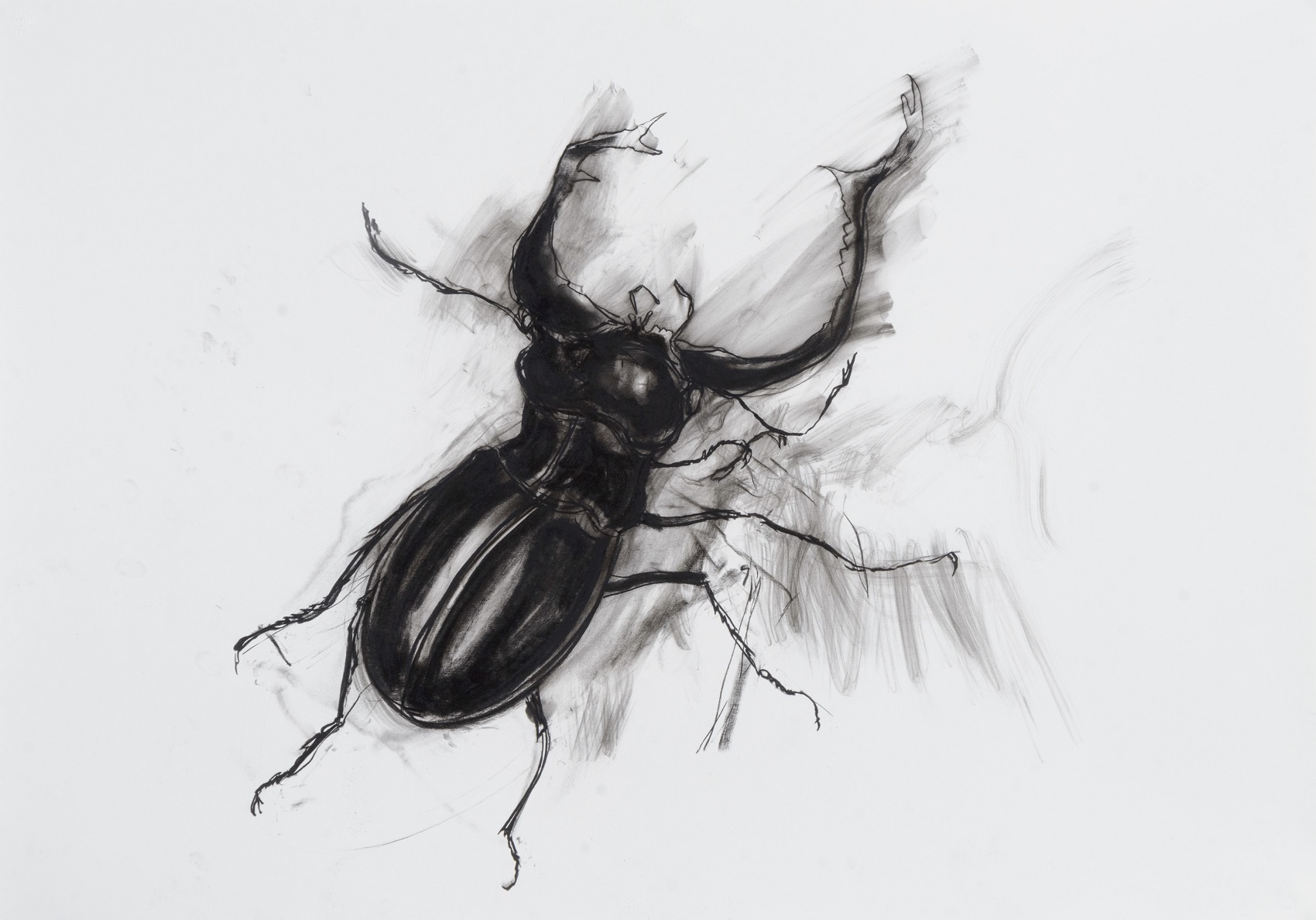Disturbed environment. Ángeles Díaz Barbado
Disturbed environment. Ángeles Díaz Barbado
From 10 October 2023 to 3 March 2024
Media wall and gallery 0
Few periods in the history of culture offer such a fascinating journey as the road from the Wunderkammern of the seventeenth century and the pages and planches of the Encylopédie to those of the Historia naturalis which, from Johnston and Tournefort to Linnaeus and Buffon, wrote one of the central chapters in a new perception of nature. Baroque cabinets displayed mirabilia, all those objects that piqued the insatiable curiosity of people who loved the world¿s extremes: its natural anomalies, its exceptions and the bizarre realm of shadows from which monsters emerge (monsters form the ¿background noise,¿ as Foucault noted, ¿the endless murmur of nature¿). In contrast, the new gaze attempted to bring order to the cartography of beings, using taxonomies and other classifications to draw a map of what had constituted the natural world since Pliny¿s day.
It was Blumenberg who, while exploring the moments of modern curiosity, suggested the map of cultural relations which underlie the mechanisms that govern the systems we use to observe, analyse and classify the world. Interestingly, the boundaries of visibility remained quite blurred throughout the seventeenth century, giving rise to many bizarre interpretations of the Baroque universe. The obstinate efforts of eighteenth-century naturalists finally dispelled those fantastical narratives and brought us closer to the world of hard facts, which turned out to be even more fascinating than that dictated by the imagination. Poring over their illustrated pages today, we can trace the epistemological changes that have marked the modern centuries and the departure from that other order once embodied in Athanasius Kircher¿s museum. The theatrum mundi gave way to the open space of observation of a new spirit of curiosity.
What began then as a narrow path has now become a boundless sea. A quick glance at the collections of natural history museums confirms the diversity of a world whose infinite variations illustrate the complex trend of what would later be defined by the parameters of evolution. From Goethe¿s early hypotheses about the Urpflanz, formulated during his visit to a botanic garden in Palermo, to Darwin¿s observations published in On the Origin of Species, attempting to reconstruct the timeline of the Earth and its inhabitants has been a long, drawn-out process. Linnaeus knew quite well that experience does not give us the continuum of nature, which we see riddled with gaps in series occupied by variables. He could not have suspected it at the time, but what appears to be order is actually nothing more than chance, chaos and disturbance. With its sudden emergences and unforeseen moments, that natural history would plumb new depths: a ¿new anxiety¿, far removed from the glowing transparency of the naturalist¿s cabinet, which M. Ángeles Díaz Barbado interprets in her drawings. Driven by a singular curiosity, she has followed that shadow line to discover a secret history in which marvellous beings with enigmatic gazes appear in mysterious guises. They come from distant eras and have weathered every storm. And now Díaz Barbado has summoned and assembled them once more in the sheltered spaces of the C3A in Córdoba
Curator: Francisco Jarauta
· Download Cartelas here.
· Download Press Release here.
· Download Information Sheet here.
